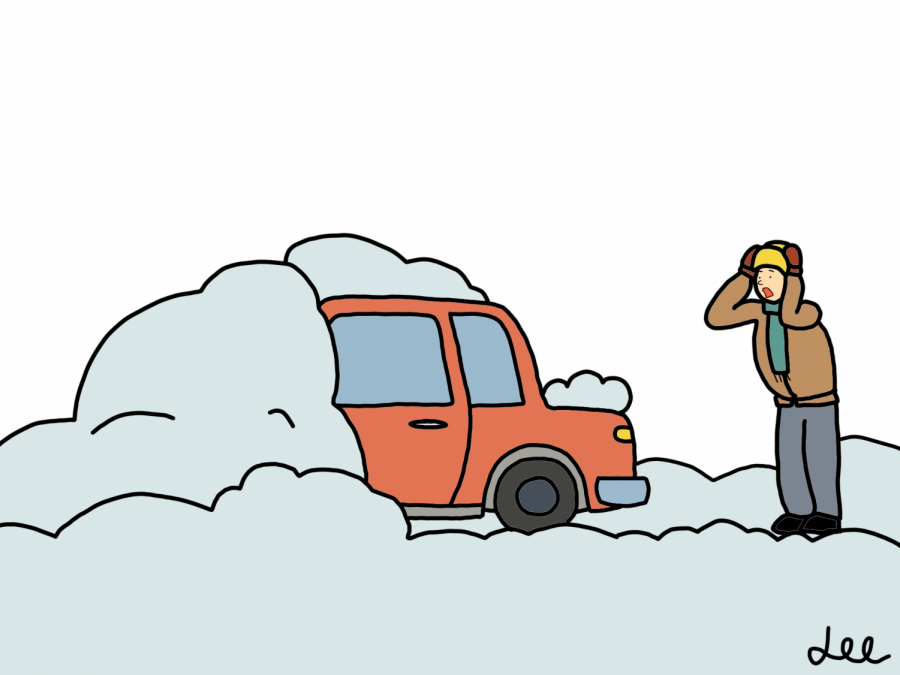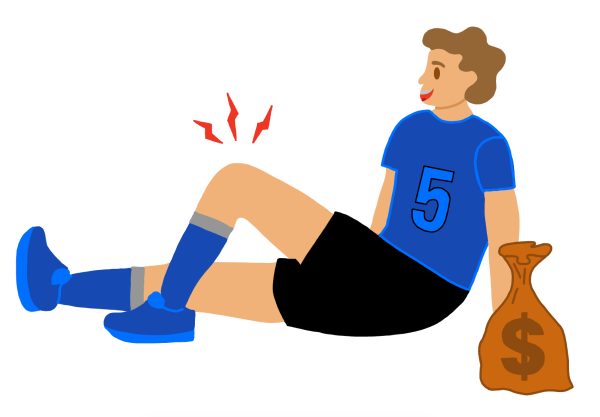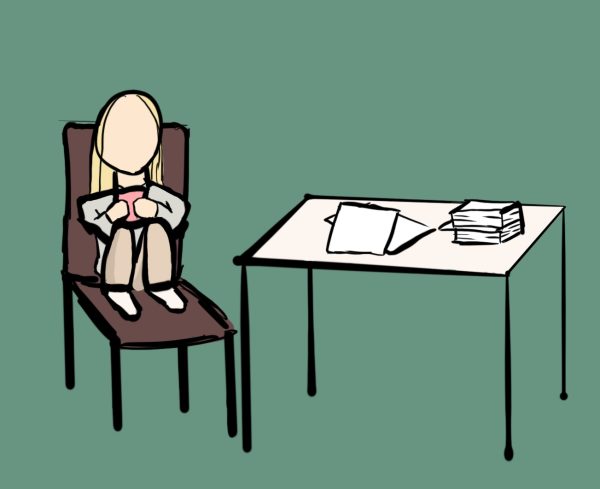Schools must take extreme weather seriously
Blizzards, frigid temperatures can lead to injury, even death
While students rejoice at the possibility of not having to attend school when there’s too much snow to make it to school or the temperatures are too cold, the prospect of canceling school is often seen as a last ditch option in an effort to provide the students with the most time in the classroom. Even though cancelling school might cut into the total amount of time that students spend at school in a year, schools must consider the safety of their students and lean on the side of caution when conditions become dangerous and even life threatening.
Living in the Midwest immerses students in the highs and lows of weather. During the summer, average temperatures tend to be anywhere from 78 to 92 degrees Fahrenheit, while average temperatures in January hover around 32 degrees. Recent global warming trends have led to somewhat unpredictable weather and have contributed to the recent polar vortex and increased snowfall. The polar vortex led to temperatures ranging from 20 to 40 degrees below zero and wind chills of 35 to 60 degrees below zero which was colder than places in Antarctica and could potentially lead to frostbite in under thirty minutes.
Schools around Chicago closed during the snowstorm that occurred on Monday January 28 and during the plunge in temperatures that occurred on Wednesday and Thursday of that week.The state of Illinois requires that students attend at least 176 days, which is why districts must have at least 185 days on the calendar. This is part of the reason that most public schools usually remain open during harsh weather, as to avoid having to makeup days, and their closings signaled the important cautious stance schools need to take when it comes to extreme weather.
While a tornado or a hurricane might seem like a more obvious form of extreme weather than freezing cold temperatures and snow, winter weather can prove to be just as fatal as natural disasters. Freezing cold temperatures can contribute to frostbite and hypothermia, both of which can lead to health problems and even death. Additionally, according to Healthline, cold weather can lead to heart problems since the heart has to work even harder to pump blood. For those who already have heart problems, the risks of having a heart attack are increased in frigid weather.
Snowfall can also create a dangerous environment for students who commute to school. On January 24th, only a few days before the polar vortex hit, black ice led to 130 crashes on Chicago area expressways according to ABC7 Chicago, which left four people dead. Ice and the lack of visibility created by snow storms can make commuting difficult, but it is also important to consider that student drivers are often less experienced at driving in the snow, making them more prone to accidents. When road conditions are bad and temperatures are freezing, car accidents become more dangerous.
During the polar vortex, 144 patients were admitted to hospitals due to cold related symptoms such as hypothermia and frostbite, according to the Illinois Department of Public Health spokeswoman Melaney Arnold. While cold temperatures have been a major issue this winter, more than 250 people have died of cold-related caused in Cook County since 2006. When road conditions are bad and temperatures are freezing, car accidents become more dangerous.
School officials are not only trusted with providing students with an education, but they are also responsible for the safety of all of their students. This is why officials need to remain cognizant of the dangers of extreme conditions and cancel school when the weather impedes upon the safety of their students.
Your donation will support the student journalists of Saint Viator High School. Your contribution will allow us to purchase equipment and cover our annual website hosting costs.








